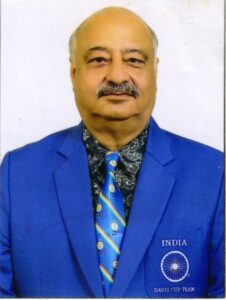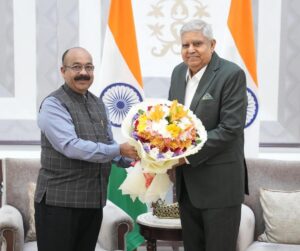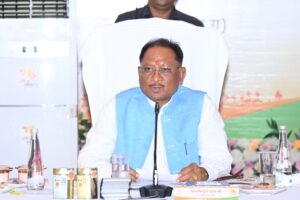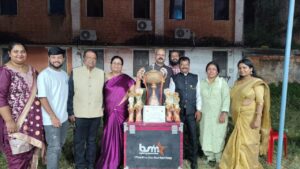The Grand Palace at Bangkok
3 min read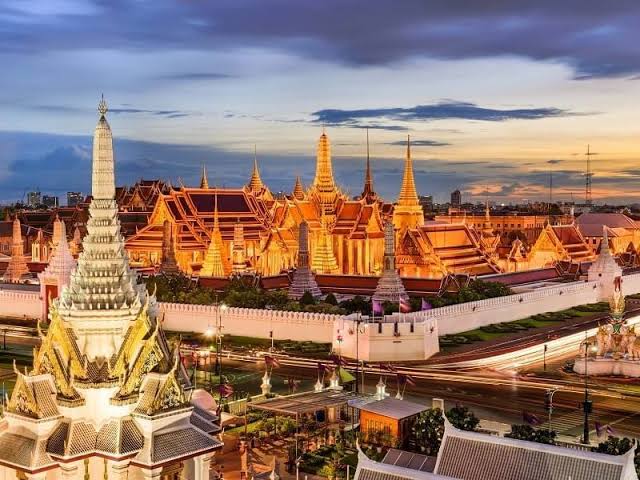
Sushama Kasbekar

Bangkok is situated at the southern end of the country on the Bay of Bangkok. It is a huge sprawling metropolis with widespread suburbs. Easily accessible by air after a four hour journey from India Bangkok is a good destination for tourists from all economic and cultural backgrounds.
The Grand Palace is one of the most visited tourist attractions. The access to the palace is free for Thai citizens but foreigners have to pay 500 baht (approximately 1000 Rs.) for admission. This also includes a visit to the Wat Phra Kaew Temple and Queen Siriket Museum of Textile which is located within the Grand Palace compound.
Getting to the palace is relatively easy by BTS Saphan Taksin station Exit 2. If approaching the palace from the Chao Phraya River it’s best to go to Sathorn pier, the Chao Phraya express boat or “orange flag boat” which can be taken from Tha Chang: The royal palace is on the right hand side.
One of the most popular tourist attractions, the Grand Palace is a visual treasure. Though I had visited the palace twice earlier I returned to it on a recent visit to the city. It’s known for the temple of the Emerald Buddha or jade temple. Though partially open to the public this palace is always crowded especially during the tourist season. Tourists are expected to dress modestly on entering the palace with long pants or sarong and full sleeved shirts. If attired in shorts or blouses clothes can be temporarily be hired from hawkers or the government office at the entrance to the palace. Tourists also need to wear shoes and closed sandals.
The Temple of the Emerald Buddha within the palace is beautiful, ornate and unique. It is a fine example of Thai architecture. Exquisite decorations at the altar make the temple extremely attractive.
Next comes the Middle court which houses a set of throne halls within the Phra Monthian group of buildings. All royal coronations are held here. Most of the construction was done by King Rama II and King Rama III. The Amarinder Winitchai Throne Hall is the only one open to the public.
The northern most building is the Phra Thinang Amarin Winichai building constructed in Thai style. It has a royal chamber where the king held audience to receive foreign dignitaries and ambassadors.
Most royal buildings have mixed architecture and this is to be found here as well: There is Indian especially Hindu architecture, Chinese architecture and Buddhist architecture. There are murals of God Indra while an elevated pavilion represents Meru Mountain and Hindu cosmology. In fact Hindu or ‘Brahmin’ culture is part of the ritual prayers offered by the King at the palace.
The Inner Court or Fai Nai was reserved exclusively for the King and his harem in the past. Other inhabitants of the court were the King’s children and a multitude of ladies-in-waiting and servants. Now there is no harem but the court is closed for visitors. Since the reign of King Rama VI the practice of having a harem was closed down officially. The Kings of Siam have traditionally married women from nobility or the well known families of Bangkok.

